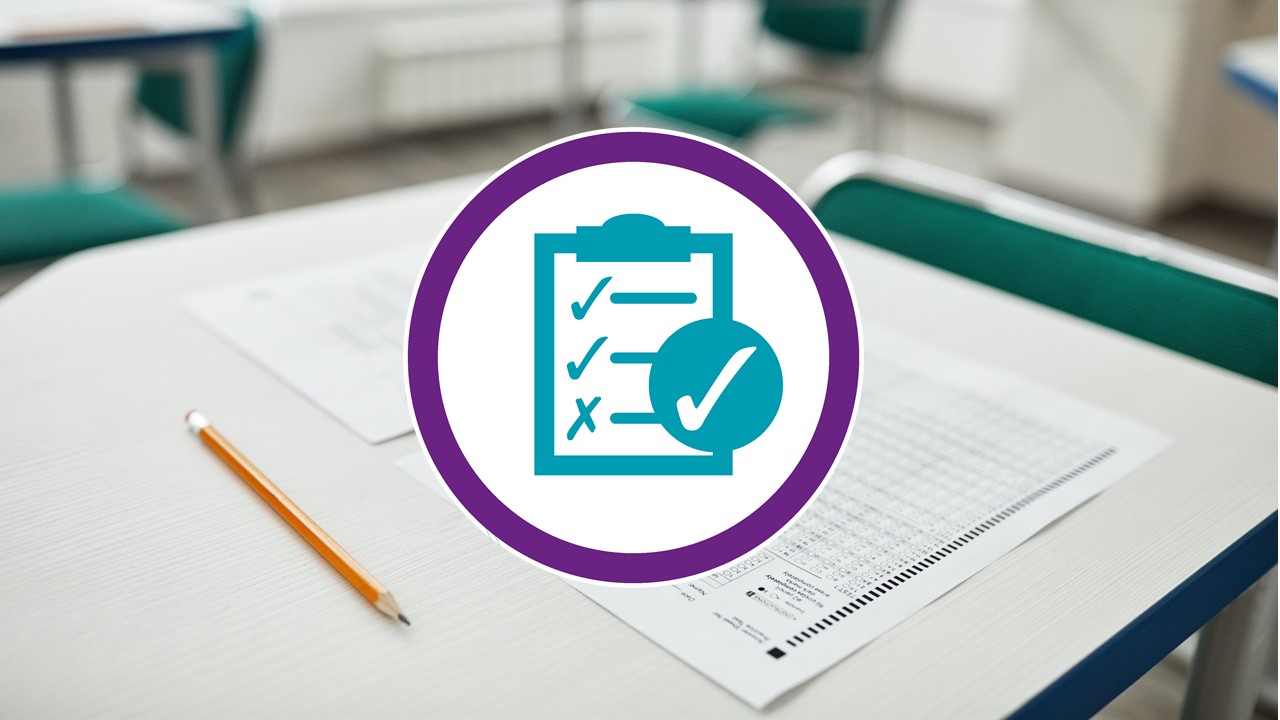Revising Translation Assessment for Online Examinations
Part of the assessment for final-year Spanish language students has historically included a paper in the January exam period that requires students to both summarise and translate a single Spanish-language text into English. Particularly the summary component challenged students to summarise the text as if they were the original author, reducing it in length to around a third of the source text but retaining its voice, tone and style by deploying equivalent structures, diction and idioms. Traditionally this timed exam did not permit the use of dictionaries.
With the shift to online assessment, however, we were faced with the challenge of not being able to regulate such a restriction on dictionaries yet retaining the rigour of the exam.We decided to opt for an exam with a 48-hour window for completion, allowing students to use online dictionaries and the internet. We did, however, prohibit the use of online translation engines, stating that evident use of these would surmount to academic malpractice.
To make the exam more challenging:
- We decided to include two texts rather than one, one each for the summary and the translation.
- We retained the format of the summary exercise, which we felt was already sufficiently challenging, but extended the length of the extract required for the translation.
- We also decided to choose a more challenging piece of literary fiction for the translation, rather than the editorial/opinion style pieces that we traditionally choose (we did retain this kind of text for the summary exercise).
- Finally, we decided to introduce a new element to the exam, requiring students to write a reflective commentary on their own translation in which they could provide a rationale for the choices they made and the approach they took.
Results-wise, having two texts meant we could test the students on two very different styles, vocabularies and registers. Choosing a more literary text that was also embedded in a very socio-specific reality meant that we could also test students’ research skills and their ability to determine meaning based on context.
The commentary element of the exam added value to the translation component, allowing us to evaluate students’ translation strategies and macro approaches to problems at a micro level. In that way, we shifted some of the attention away from simply evaluating English renditions of challenging grammatical structures or vocabulary towards an engagement with deeper levels of analytical thought in relation to nuanced elements of the source text, including style, form and tone. The commentaries highlighted how languages students sometimes conceptualise translation as a mechanical rather than analytical process, something that we will continue to address in future iterations of this task.
The commentary component now also builds on existing ways in which we require students to analyse the Spanish language at Level 1 and Level 2. Overall we feel that the revised format of the exam is an improvement on the previous format and we would retain many if not all of the revisions when we move back to campus-based assessment.
Evaluation / Student Feedback
‘Often when translating it is easy to fall into the trap of diving in, which can lead to translating ‘word by word’, which on both a contextual and syntactical level will affect the fluency of the translation. Having to comment on the structures means you are more aware of them and has made me take more care. It has made me realize that translation is far more complex than it may seem. Often there are multiple ways of saying something, and because of this, there is a degree of your own creative input, which you are able to justify. I have really enjoyed finding social/cultural equivalents for words that are difficult to translate and highlight these choices in the commentary. The commentary is a way of expressing nuanced understandings of language that often may seem overlooked’. ‘Personally, the commentary has improved my translation skills due to the emphasis on certain grammar points in the commentary that ensures I have to go back to review my translation and have often realised I have totally missed a grammar structure.’
‘The commentary is a perfect complement to translation to ensure you identify learnt structures and approach translation methodically. In this way, you are less inclined to translate literally, guaranteeing an authentic translation in the target language. Learning how to write a translation commentary made me consider new aspects of a text, more than just vocabulary, but also text structure and register to achieve the correct tone. The commentary consolidates grammatical rules learnt in class as you effectively apply them in translation. Doing Spanish to English translations initially in semester one gives an appreciation of how to adapt a text to ensure clarity for the reader in the target language. My translations have massively improved, as well as my overall language skills greatly due, I think, to practising commentaries’.
Benefits
- Engagement with more diverse set of styles, registers, contexts and vocabularies
- More value placed on deeper levels of analytical thought
- Encourage students to be more reflective learners
- Ability to test research skills as part of a language exam
Top Tips
Choose the target texts carefully so that they test a wide range of vocabulary, grammatical structures, style, register and tone; Select texts that have specific socio-cultural references that require students to research context; Highlight that the commentary component should demonstrate critical and analytical engagement with the translation process.
References

School: Arts, Languages and Cultures
Discipline: Spanish
Academic: James Scorer
Course: SPLA51060 Spanish Language 6
Cohort Size: 120
Themes: Assessment
Ref: 034

0 Comments